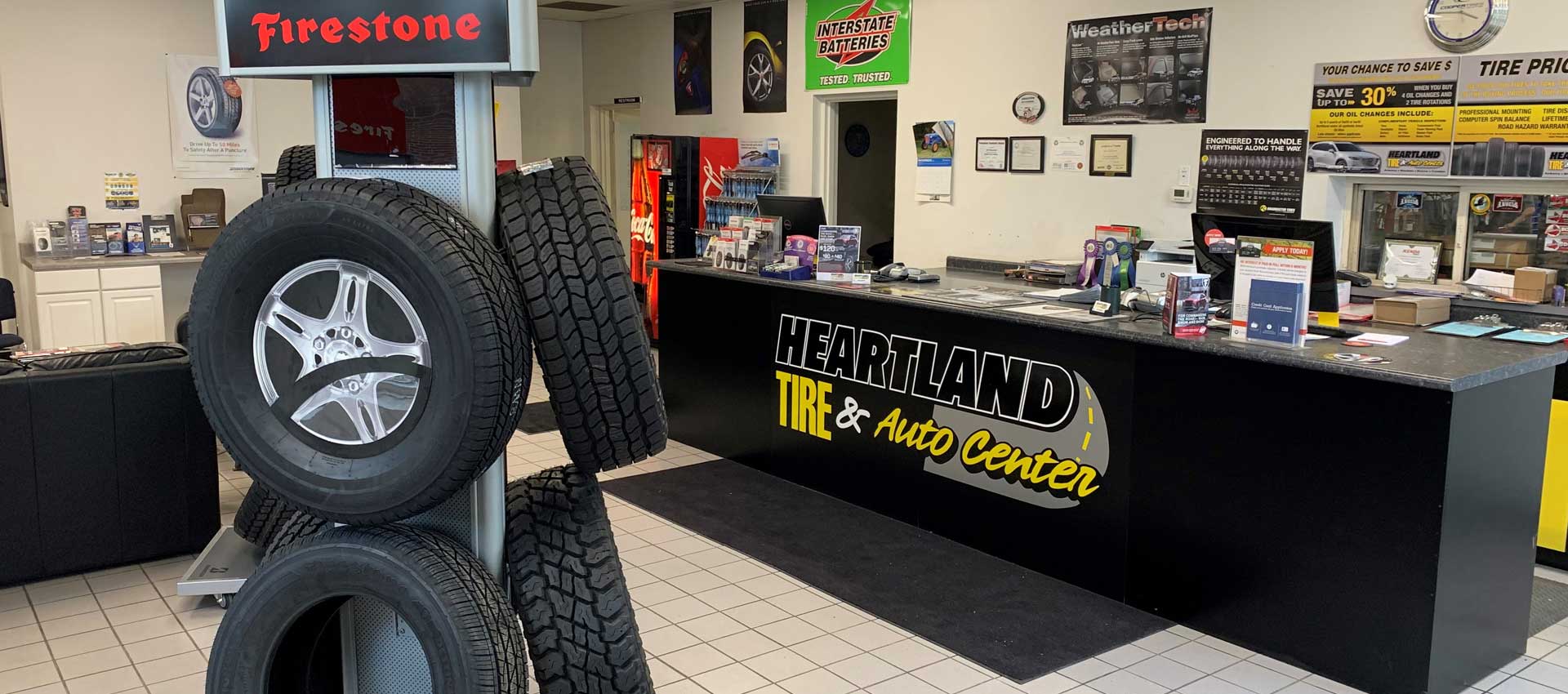Conserve Big with Mopar Tire Service Specials: Best Deals and Expert Care
Conserve Big with Mopar Tire Service Specials: Best Deals and Expert Care
Blog Article
Tire Service: The Effect of Climate Condition
When it involves making sure optimum performance and security on the roadway, comprehending the influence of weather conditions on tire service is crucial. From scorching warm to icy roadways, each weather element can substantially influence tire performance and total driving experience. By diving into the impacts of varying weather condition problems on tires, vehicle drivers can acquire beneficial insights that might boost their lorry's performance and durability. In this conversation, we will certainly explore the elaborate connection in between weather problems and tire solution, clarifying the importance of weather-specific tire maintenance techniques and considerations.
Warmth and Tire Performance
When exposed to heats, tires experience adjustments in efficiency that can dramatically influence vehicle safety and security and handling. The warmth created from long term driving or hot weather condition conditions causes the tire rubber to soften, leading to lowered step life and raised wear. As the rubber comes to be softer, the tire's hold when traveling diminishes, impacting stopping distances and general grip. In severe situations, excessive warmth can also cause tire blowouts, positioning a serious safety threat to the automobile and its residents.
Additionally, heats can increase the process of tire aging, causing the rubber to weaken extra swiftly. This can result in fractures, bulges, and various other forms of damage that endanger the architectural honesty of the tire. To reduce the results of heat on tire efficiency, drivers should regularly inspect their tire stress, rotate tires to make sure even put on, and inspect for any type of indicators of damage. In addition, using tires particularly developed to hold up against heats can help keep optimum performance and security when driving.
Cold Weather Results
Winter problems can have a significant effect on tire performance and safety. As temperature levels decrease, tire rubber can solidify, bring about lowered grip on icy or snow-covered roads. In cold weather condition, tires may additionally lose atmospheric pressure much more quickly, which can impact managing and gas effectiveness. Furthermore, cold temperatures can cause tire sidewalls to tense, raising the threat of damages from potholes or various other roadway dangers.
To reduce the effects of chilly climate on tires, it is vital to consistently inspect tire pressure and inflate them to the supplier's advised degrees. Using winter months or all-season tires created for winter problems can likewise improve grip and grip on icy or snowy roadways - morris tire and alignment. Proper tire upkeep, including normal evaluations for wear and damage, comes to be even extra important during cooler months to make sure optimal efficiency and safety and security
Rainy Conditions Influence
Throughout stormy problems, tire efficiency and security can be considerably influenced by the wet road surfaces and reduced exposure. The tread pattern of tires plays an important role in maintaining traction on wet roads. Tires with damaged treads are a lot more vulnerable to hydroplaning, where a layer of water develops up between the roadway and the tire surface, leading to loss of traction. To combat this, drivers need to regularly evaluate their tires for ample step deepness and think about buying tires specifically made for damp problems.

Snow and Tire Security
When driving in snowy conditions, having the best tires can make a considerable distinction in safety and performance. Winter months tires are developed with unique rubber substances and step patterns to give better grip on snow and ice contrasted to all-season tires.
Along with making use of winter tires, it is important to ensure they are properly inflated. Winter can trigger tire pressure imp source to drop, impacting grip and handling (tires morris il). Routinely inspecting and keeping the right tire stress is crucial for optimum efficiency in snowy problems

Weather-Related Tire Upkeep
Weather-related tire upkeep includes a range of techniques intended at ensuring optimum tire feature and longevity in various weather condition scenarios. One vital facet of advice weather-related tire maintenance is tire stress guideline. Examining tire tread regularly and replacing tires when walk wear reaches a particular depth is essential for maintaining traction and stability in adverse climate.
Conclusion
In conclusion, weather condition problems have a significant effect on tire efficiency and safety and security (discount tires morris il). From heat impacting tire stress and put on to cool climate reducing grip, it is vital to take into consideration the climate when preserving and using tires.
In this discussion, we will check out the complex partnership between climate problems and tire solution, losing light on the importance of weather-specific tire maintenance practices and considerations.

Report this page